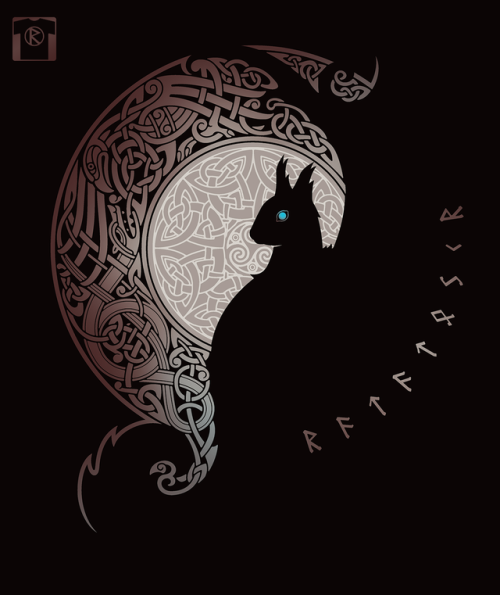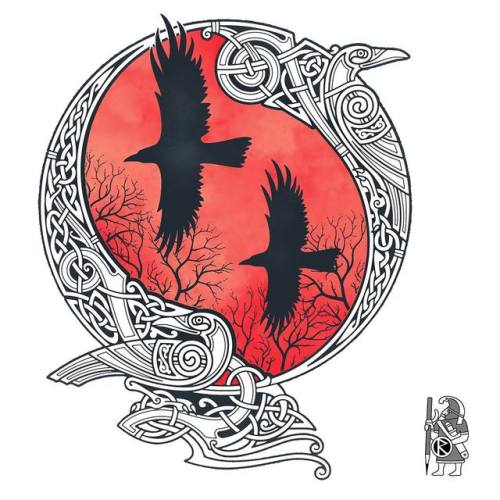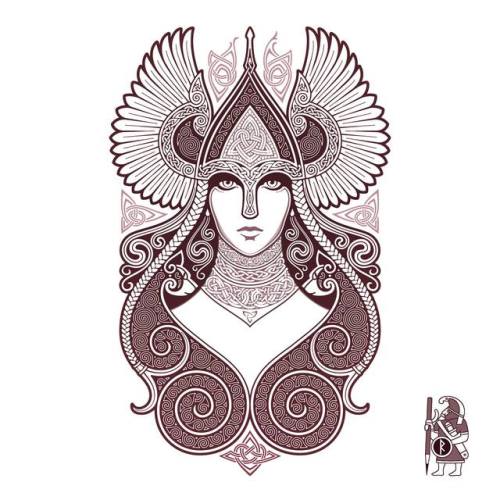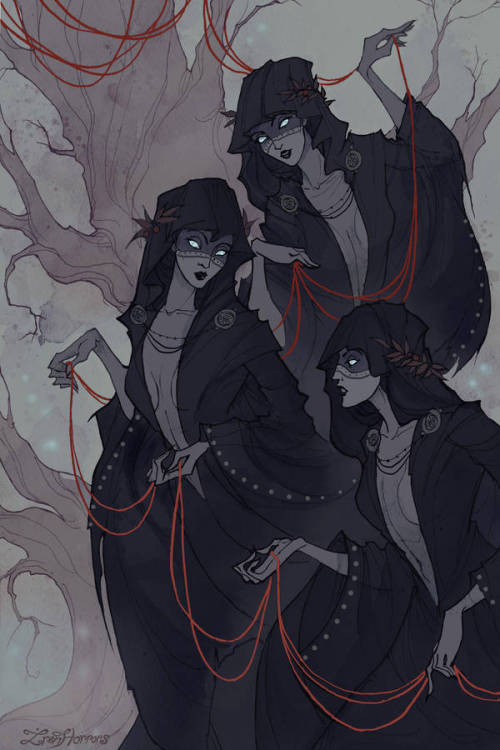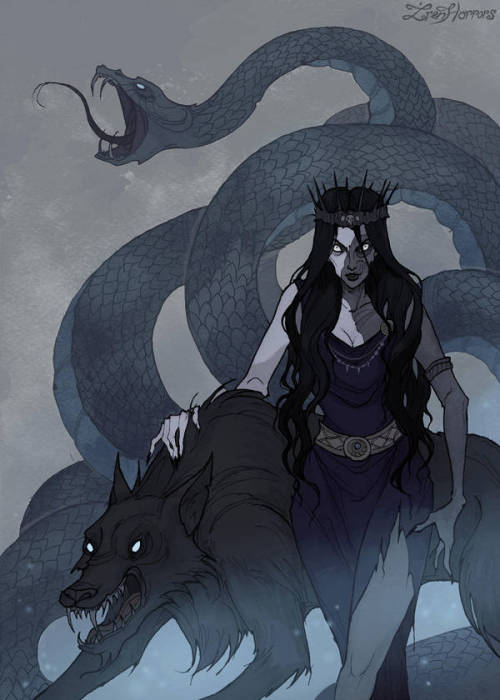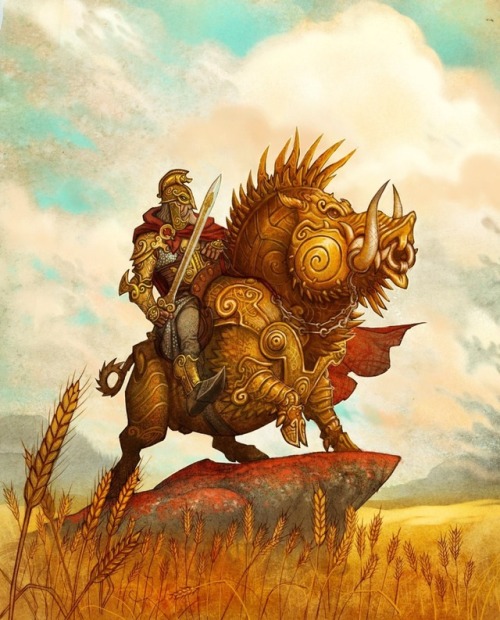#hedendom
Somewhere in Denmark, April 2018 | Jægerspris, Sjælland | No wolves in these wannabe woods. Denmark now has an officially registered movement called “Wolf-free Denmark”. We live in sad, sad times where there’s less and less space for wilderness – both in our shrinking forests and in people’s minds. Does human hubris and egoism know any limit?
Post link
Heathen blot ceremony filmed in Norway, 2012.




Kulturhistorisk museum in Oslo hosted an exhibit named “Fabulous Animals”, exploring the connection between humans and animals in the period from the Iron Age to the Viking Age, through archaeological finds.






I hope you will enjoy some photographs of some of the exhibits.
Til års og fred








Oslo rådhus (Oslo city hall) features reliefs by Dagfin Werenskiold that are multicoloured depictions of events from the Poetic Edda.
I thought I’d take some pictures to share with you all. Here are eight from the sixteen total.
Can you guess them all?

Whispers Of Yggdrasil
Robin Hoods Bay, England (5/2/21)
Sommersolverv
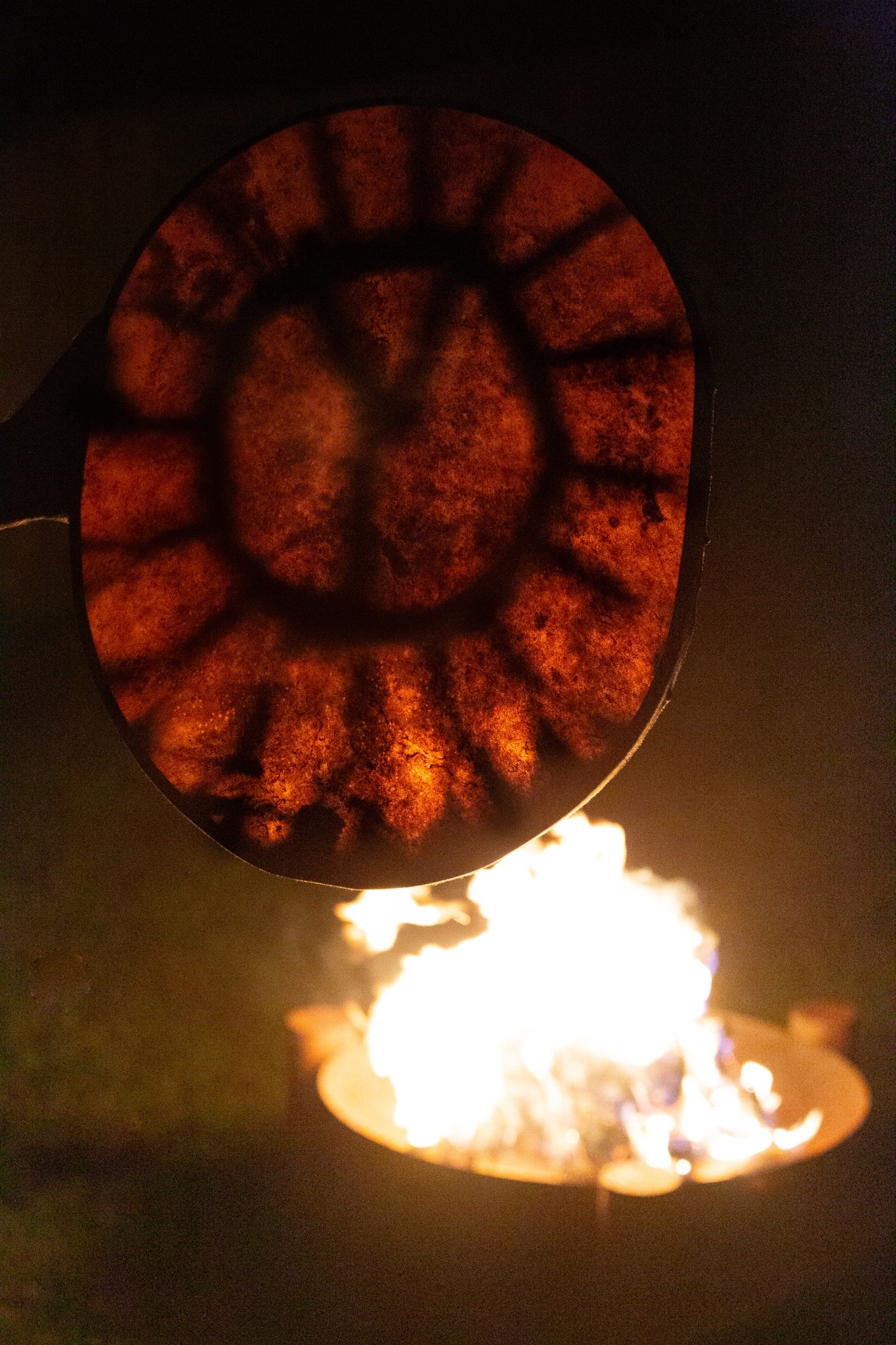
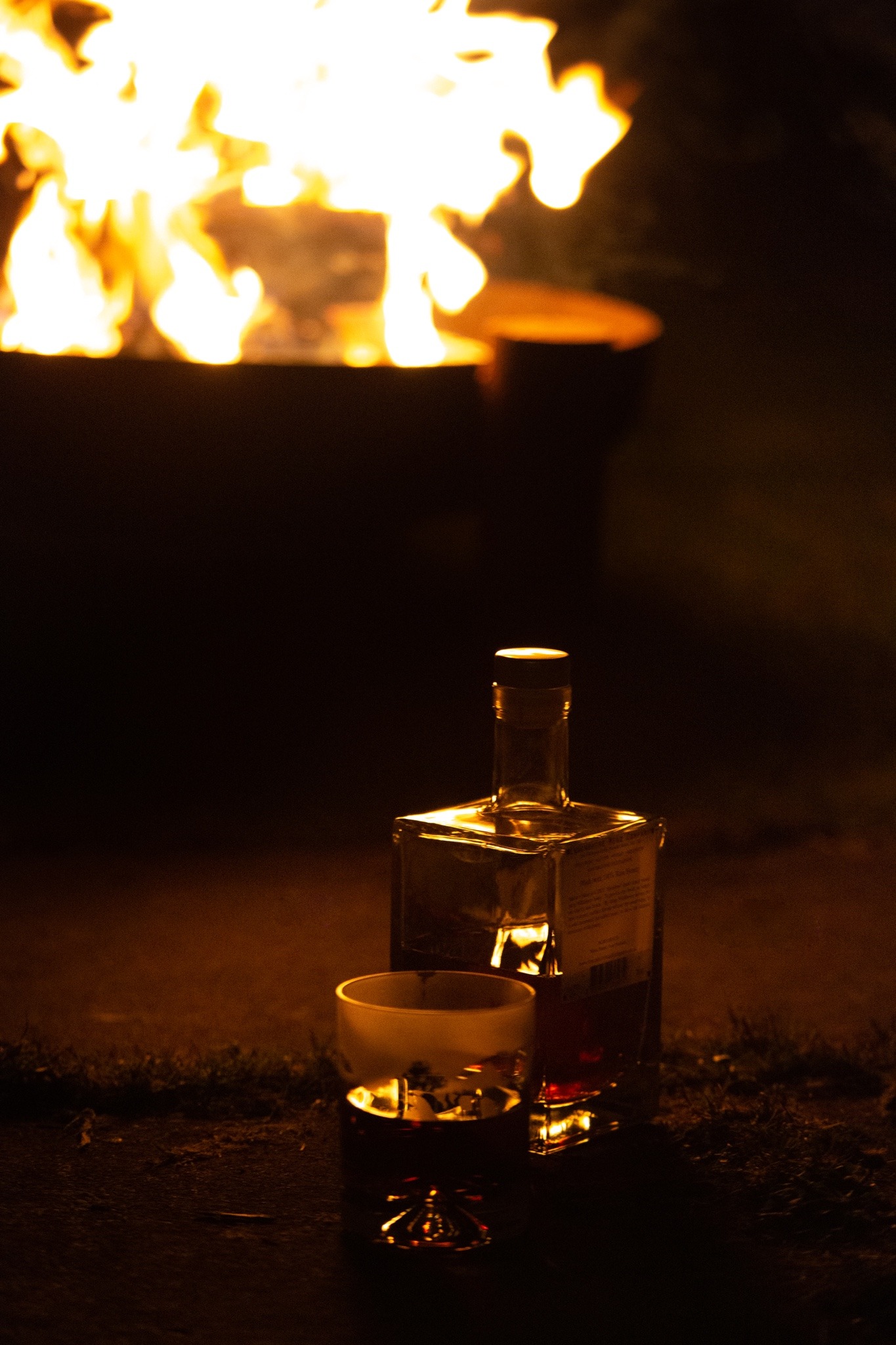

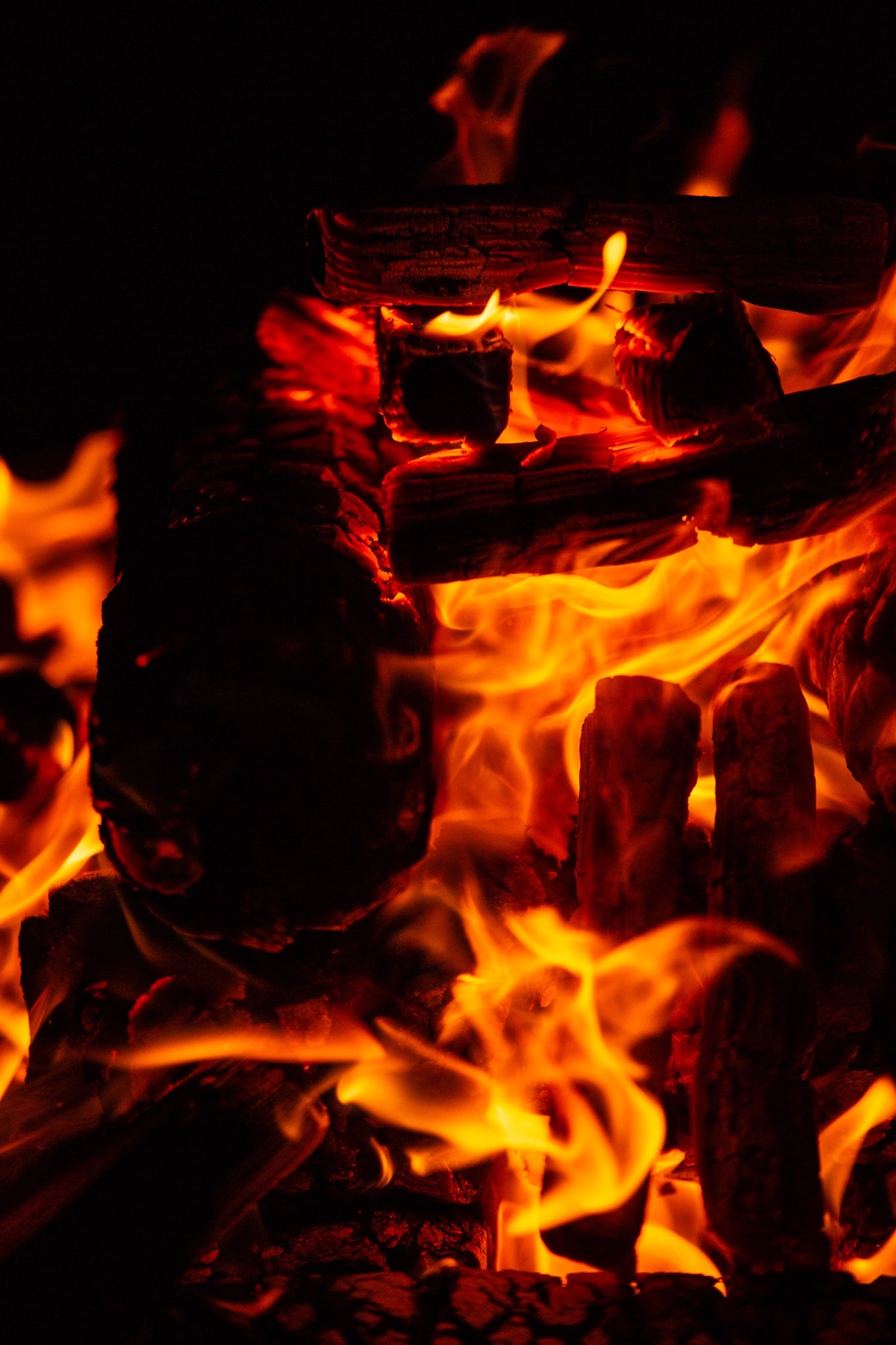

The longest day, the shortest night,
Natt is in absence,
The shortest darkness, the longest light,
Dag rules this sky,
Sol enlightens a world more bright,
Just as the embers of the midsommar fire,
Until the sun rises, they must stay alight,
Make haste, the days move quickly now,
Jord grows stronger now,
And Balder’s brightness shining through,
As Hod stirs from his deepest sleep,
Anticipating the falling leaves,
For one more year, give thanks,
Sol ascends tonight.
Images and poem by @hedendom
Vinternettene - Winternights
October 14th
It is customary that every year at sundown on 14th October, heathens will celebrate vinternettene (winternights), also known as høstblot (autumn blot), vinterdag (winter day) or vinternatt (winter night).
14th October was the day that Scandinavians would turn over their primstav to mark the beginning of the winter half of the year and welcome the cold weather returning, a tradition that pre-dates Christianity in Scandinavia. Marked with the symbol of a mitten (as it was customary to knit new mittens for the coming cold weather), it is also said that the weather on vinternettene will be a signal of the weather for the coming winter.
The sacrificial blot accompanying this was usually dedicated to Frøy (Freyr), alver (elves) and the diser (disir). Asking that Frøy will return swiftly to sow the seeds of rebirth and that we make it safely through the coming cold and snow.
Til års og fred!
Post link
Ksenia Svincova has created some dark and fantastical artwork inspired by Norse Mythology.
Featured here:
The Norns
Freyja
Idunn
Loki
Loki’s Children
The Wild Hunt
Skadi
The Punishment Of Loki
Post link
Vintersolverv
The shortest day, the longest night,
Sol is in absence,
The longest moon, the shortest light,
Måne rules this sky,
Darkness envelops a world less bright,
Just as the embers of the midwinter fire,
Until the sun rises, they must stay alight,
The knowledge that days grow longer now,
Hope grows stronger now,
And warmth supports survival,
As Frøy returns on his golden steed,
To sow the seed of life,
For one more year, give thanks,
Sol is reborn.
Poem:@hedendom
Artwork: Johan Egerkrans
Post link

It’s in the name. The word “Yule” is often said to come from the word “hjól” meaning “wheel”, referring to the cyclical wheel of the year. However, this may well be a folk etymology based on conveniently similar words rather than genuine etymological reality.
The ancestor of the Old Norse “Jól” has been reconstructed as “*jeulō” in Proto-Germanic, which is a plural form of “*jehwlą” meaning “festivity or celebration”. While this term had a fairly generic meaning in Proto-Germanic, it seems that in Old Norse it took on the more specific meaning of the Midwinter celebration in what is now mid-January while other terms took over the role of describing general festivities.
Interestingly, Jól is never a singular term, making it a plurale tantum. Being derived from a plural form of an older term, this makes sense and makes a stronger case for this etymology. At the end of the day, even the name Jól suggests that it was a time to party!
Source: Orel, Vladimir (2003). A Handbook of Germanic Etymology. Leiden: Brill Publishers. pg. 205. ISBN 90-04-12875-1.
Here is a good Christmas/Yule folktale from Østfold, Norway about the nisse:
One Christmas Eve many years ago, a servant girl wanted to tease the nisse by playing a trick on him. She hid the butter at the bottom of the bowl of porridge to be set out in the barn, knowing very well the nisse was greedy for the butter and would make a long face if he could not find it.
But when the nisse saw that there was no butter on the Christmas porridge, he became madder than the girl had imagined - he went straight to the cow shed and killed the best cow. That would show them how much he appreciated their begrudging him of even a little bit of butter!
Then he went into the barn and ate the porridge anyway. And when the bowl was empty, he found the butter lying on the bottom. Now the nisse felt so bad about having killed the cow, he cried and carried on.
That same Christmas night, the nisse walked over to the neighboring farm, took the best cow he could find, led her back to Rød, and put her in the stall - the same stall where the other how had been.
From Scandinavian Folk Belief and Legend, edited by Reimund Kvideland and Henning K. Sehmsdorf.
Reblogging myself because I always like this story. Also I found a perfect picture to go with it.


To those starting Yule celebrations tonight or tomorrow, gleðilig jól!
I tend to celebrate personally starting at this time and then with my living history group in mid-January going by the Old Norse time reckoning (around the full moon after the first new moon following the solstice). Having two rounds of Yule isn’t the worst thing.





